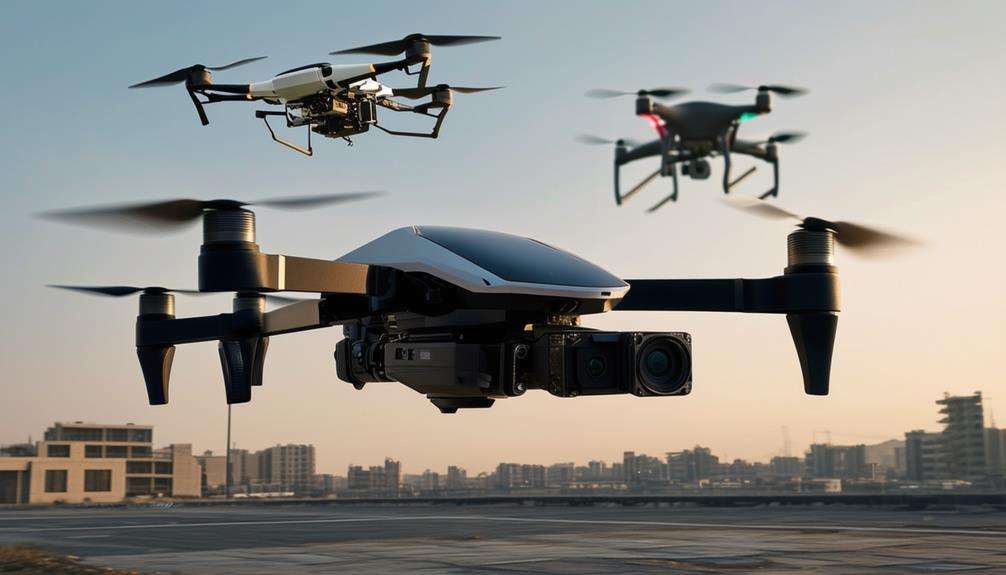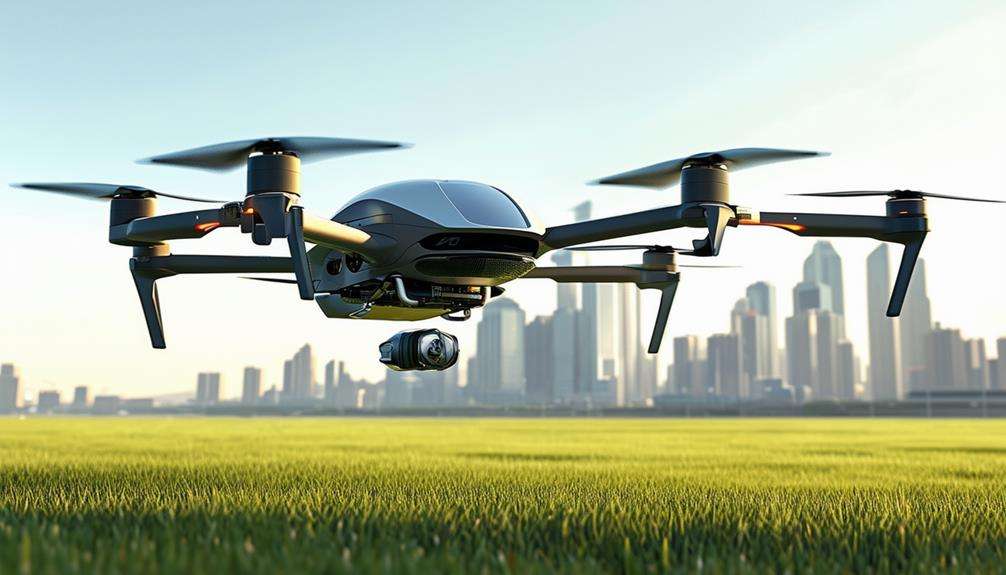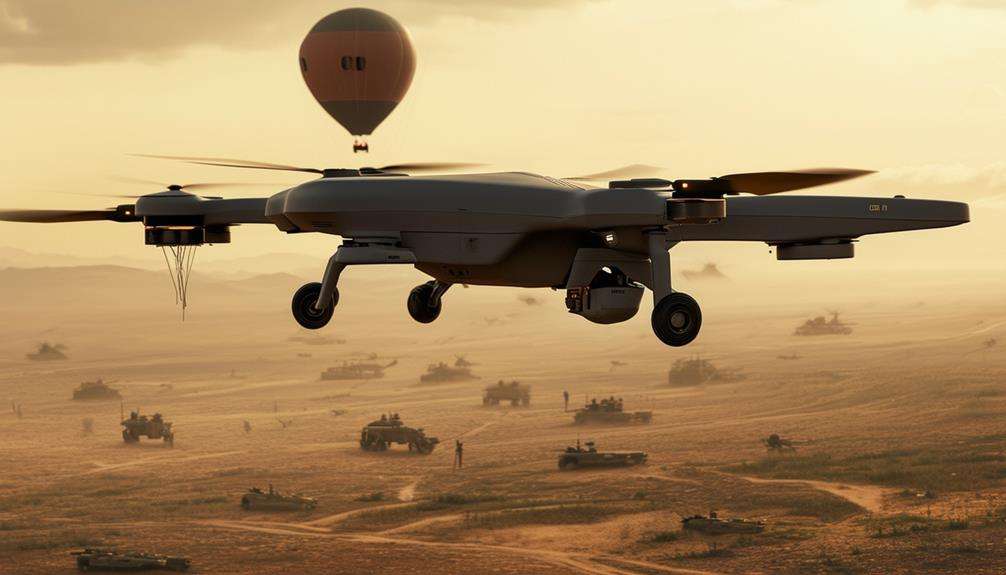How Fixed-Wing Drones Maintain Long-Endurance Flights
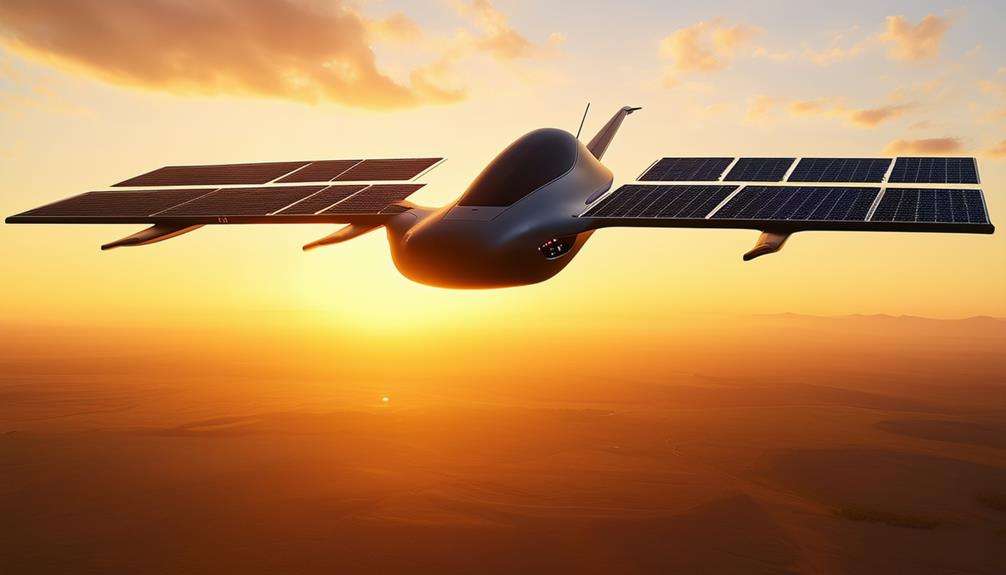
Fixed-wing drones achieve long-endurance flights through a combination of advanced strategies. Efficient aerodynamics and optimized wing designs minimize air resistance and maximize lift. Lightweight materials further reduce energy consumption. Propulsion systems, often a blend of electric motors and gasoline engines, are chosen for their efficiency.
Energy conservation techniques such as thermal soaring are also employed, allowing drones to exploit natural air currents. Additionally, drag reduction strategies like winglets and vortex generators are utilized to enhance performance. These combined efforts enable fixed-wing drones to maintain extended flight times effectively.
Efficient Aerodynamics
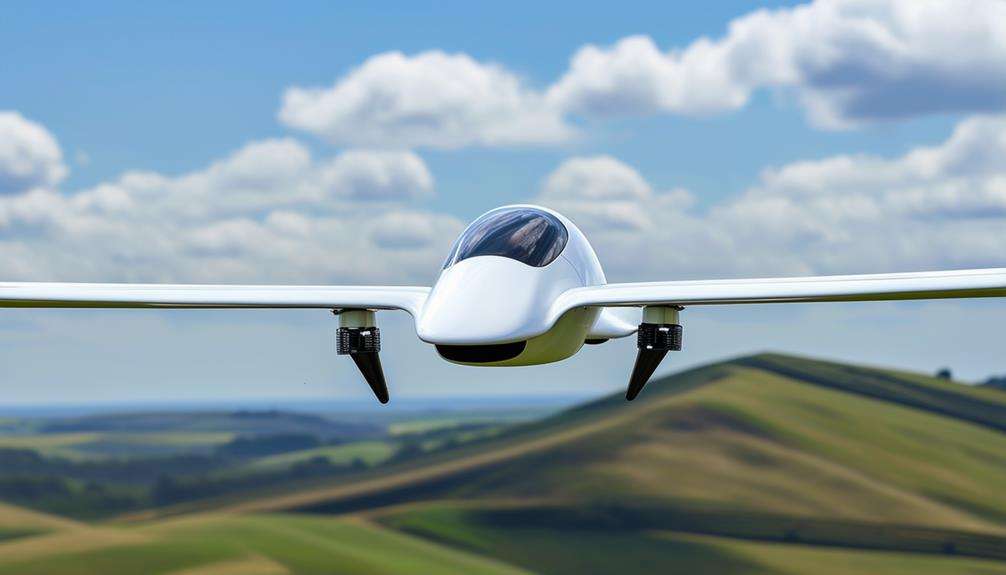
Efficient aerodynamics are critical for fixed-wing drones to sustain long-endurance flights. Their streamlined designs are meticulously engineered to minimize air resistance, allowing for smoother and more energy-efficient flight. By reducing drag, these drones can fly longer and cover more extensive distances without exhausting their power reserves.
A crucial element of aerodynamic efficiency is the optimization of lift. Fixed-wing drones achieve this through specially designed airfoil shapes and wing structures that enhance lift, generating sufficient upward force with less power. Optimized lift means the drone requires less effort to stay airborne, directly contributing to extended flight durations.
The aerodynamic efficiency of fixed-wing drones isn't merely a technical feat; it's essential for various applications. Whether deployed for aerial surveying, search and rescue operations, or agricultural monitoring, efficient aerodynamics enable drones to remain airborne for extended periods, performing tasks without frequent recharges. In essence, mastering aerodynamics makes these drones exceptionally capable of long-endurance missions.
Propulsion Systems
To achieve long-endurance flights, fixed-wing drones rely on advanced propulsion systems. These systems are critical in determining the duration and efficiency of a drone's flight. One widely adopted option is the electric motor. Electric motor propulsion systems are highly efficient, offering extended flight times and quieter operations, making them ideal for missions where stealth and endurance are essential. Fixed-wing drones powered by electric motors benefit from the lightweight nature of batteries and minimal moving parts, which reduce maintenance requirements. However, their flight duration is constrained by battery life, which is continually improving with advancements in battery technology.
Conversely, some fixed-wing drones utilize gasoline-powered engines for extended endurance missions. These engines provide longer flight durations compared to electric motors due to gasoline's higher energy density. Gasoline-powered engines are particularly advantageous for applications necessitating many hours of continuous flight, such as surveying large areas or conducting long-range delivery services.
The choice between electric motors and gasoline-powered engines depends on the specific mission requirements. Both propulsion systems are optimized for maximum efficiency and range, directly influencing the endurance and overall performance of fixed-wing drones.
Lift Generation
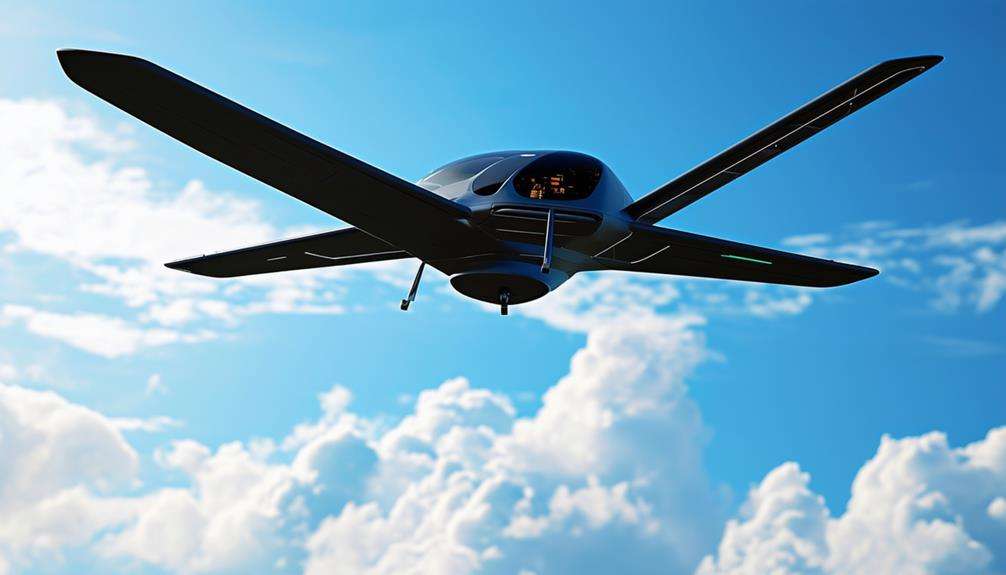
To understand how fixed-wing drones achieve long-endurance flights, it's essential to examine their aerodynamic wing design, which plays a crucial role in efficient lift generation. Efficient power management is also imperative, as it ensures optimal energy use. Additionally, selecting lightweight materials can significantly enhance lift and extend flight duration.
Aerodynamic Wing Design
Aerodynamic wing designs are crucial for fixed-wing drones, enabling them to generate the necessary lift for prolonged flight durations. Efficient lift production allows these drones to remain airborne for extended periods, facilitating the coverage of extensive distances without frequent landings. The wing design is a critical component in achieving this performance.
Fixed-wing drones utilize airfoil-shaped wings to generate lift by creating a pressure differential above and below the wing surface. This pressure difference results in an upward force that counteracts gravity, ensuring the drone remains airborne. The wing area is precisely calculated to balance weight and lift, thereby maintaining flight stability.
Moreover, aerodynamic wing designs are optimized to reduce drag while maximizing lift. Lower drag reduces the energy required for sustained flight, thereby extending flight times. Design features such as tapered wing tips and smooth surfaces minimize air resistance, enhancing the drone's gliding efficiency.
Efficient Power Management
Building on the aerodynamic wing design, efficient power management through lift generation is pivotal for maintaining long-endurance flights in fixed-wing drones. By leveraging aerodynamic principles, these drones conserve energy and reduce power consumption. The wing geometry and overall aerodynamic design are crucial in optimizing lift while minimizing drag, enabling the drones to remain airborne for prolonged periods.
Efficient lift generation allows fixed-wing drones to cover extensive distances without depleting excessive energy. This capability is essential for applications such as surveillance, mapping, and data collection, where long-endurance flights are a necessity.
Below is how lift generation impacts power management:
| Aspect | Impact on Drone Flight |
|---|---|
| Aerodynamic Design | Optimizes lift and reduces drag |
| Wing Geometry | Enhances lift generation |
| Efficient Power Use | Prolongs flight duration and conserves energy |
Lightweight Material Selection
Selecting lightweight materials such as carbon fiber and foam is crucial for fixed-wing drones to achieve efficient lift generation and sustain long-endurance flights. By reducing the overall weight, these materials ensure that the drone can remain airborne longer without rapidly depleting its battery.
Carbon fiber is particularly valuable in drone construction due to its high strength-to-weight ratio. This attribute allows the drone to maintain robustness while minimizing weight, directly contributing to extended flight times and optimal lift generation.
Foam materials also play a significant role. They help keep the drone lightweight and provide excellent insulation properties. This insulation protects internal components from temperature fluctuations and potential damage, ensuring the drone's longevity and reliability.
Energy Conservation
Fixed-wing drones excel in energy conservation through efficient aerodynamics and advanced propulsion systems. By utilizing optimized aerodynamic structures and propulsion techniques, drag is significantly reduced, enhancing overall energy efficiency. Techniques such as gliding, thermal soaring, and maintaining efficient cruising speeds are crucial for extending the flight time of these drones.
An essential aspect of energy conservation is the integration of advanced battery management systems. These systems ensure that every bit of stored energy is used efficiently, thereby prolonging the drone's operational duration. Additionally, efficient propeller designs play a critical role in minimizing energy consumption by reducing the energy required to maintain flight.
Here is a brief overview of key energy conservation techniques:
| Technique | Description | Benefit |
|---|---|---|
| Gliding | Using air currents to stay aloft | Saves battery power |
| Thermal Soaring | Utilizing rising warm air | Extends flight duration |
| Efficient Cruising | Flying at speeds that minimize drag | Improves energy efficiency |
Lightweight Materials
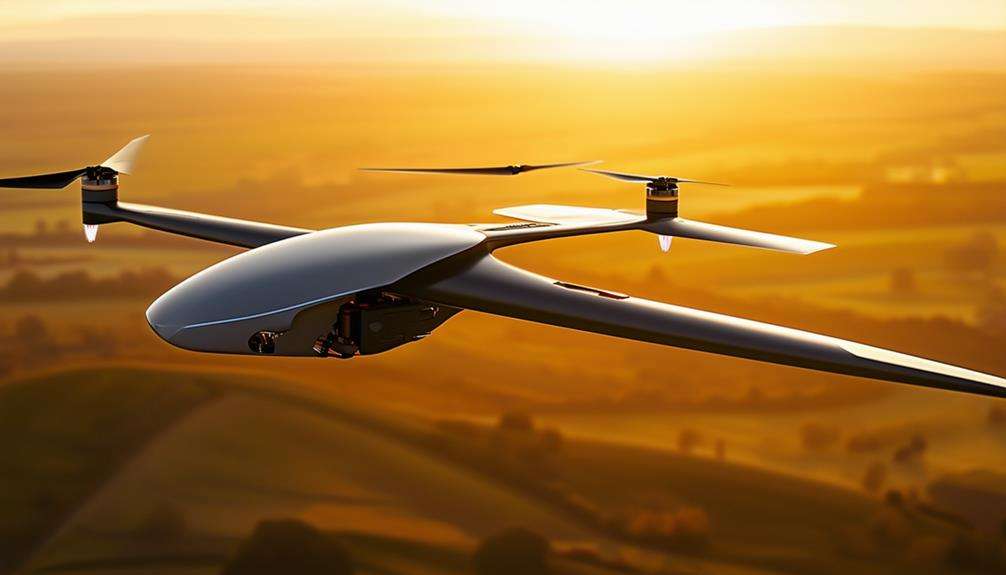
Incorporating lightweight materials such as carbon fiber and composites into drone construction significantly enhances flight endurance and efficiency. By reducing the drone's overall weight, these materials enable longer flight times without rapidly depleting the battery.
Carbon fiber, known for its high strength-to-weight ratio, is particularly favored for fixed-wing drone frames as it provides the necessary durability without excessive weight, thereby improving flight performance.
Composite materials also contribute substantially. They offer a balance of durability and rigidity, essential for maintaining structural integrity while keeping the drone lightweight. This combination allows for extended flight times and superior aerodynamics. Ultimately, utilizing these advanced materials minimizes energy consumption, directly enhancing the drone's overall flight performance.
Streamlined Designs
Streamlined designs are crucial for enhancing the performance of fixed-wing drones. By optimizing aerodynamic shapes and utilizing lightweight materials, these drones achieve impressive propulsion efficiency. This enables them to sustain long-endurance flights with minimal power consumption.
Aerodynamic Shape Optimization
Streamlined designs in fixed-wing drones significantly enhance their ability to sustain long-endurance flights by reducing drag. Through aerodynamic shape optimization, these drones become more efficient and capable of covering greater distances. By focusing on streamlined designs, air resistance is minimized, directly translating to lower energy consumption and improved flight performance.
Key features such as tapered wings, smooth fuselage, and efficient control surfaces are central to aerodynamic shape optimization. These elements work in unison to reduce drag, enabling drones to maintain higher speeds with less power. Every curve and angle in fixed-wing drones is meticulously designed to slice through the air efficiently, ensuring optimal performance rather than merely enhancing aesthetics.
Lightweight Material Usage
By utilizing lightweight materials like carbon fiber and composites, fixed-wing drones can significantly reduce their overall weight, enhancing both endurance and flight efficiency. Reduced weight allows these drones to consume less energy, directly translating to extended flight times. Additionally, lightweight materials increase the drone's durability and strength, making it more reliable for long-endurance missions across various conditions.
Implementing aerodynamic shapes is equally crucial for maximizing flight efficiency. Streamlined designs reduce drag, allowing fixed-wing drones to glide through the air with minimal resistance. This efficiency in flight lowers energy consumption, enabling the drone to remain airborne longer and cover greater distances. By integrating advanced materials with optimized aerodynamic structures, you substantially improve the drone's performance.
For applications requiring extended aerial coverage, such as surveillance or environmental monitoring, the combination of lightweight materials and aerodynamic designs makes fixed-wing drones an ideal choice. These innovations ensure that fixed-wing drones can sustain long-endurance flights, providing continuous and reliable data collection without frequent interruptions for recharging or refueling.
Propulsion Efficiency Enhancement
Streamlined designs on fixed-wing drones significantly enhance propulsion efficiency by reducing aerodynamic drag, leading to longer flight times. Minimizing air resistance allows these drones to glide through the sky more smoothly, requiring less power to maintain speed and altitude. Consequently, the propulsion system operates more efficiently, directly extending the drone's flight duration, which is crucial for various missions.
These streamlined designs focus on creating aerodynamic shapes and features, ensuring that every curve and angle contributes to smoother airflow over the aircraft. By optimizing the drone's shape, the energy needed to overcome air resistance is reduced. This not only boosts fuel efficiency but also enhances overall flight performance.
In essence, reduced drag on streamlined fixed-wing drones ensures more stable and efficient flights. Smoother airflow reduces turbulence and drag, allowing the propulsion system to function optimally. This combination of factors enables fixed-wing drones to achieve extended flight times, making them indispensable for long-duration tasks such as surveillance, mapping, and other critical missions.
Drag Reduction
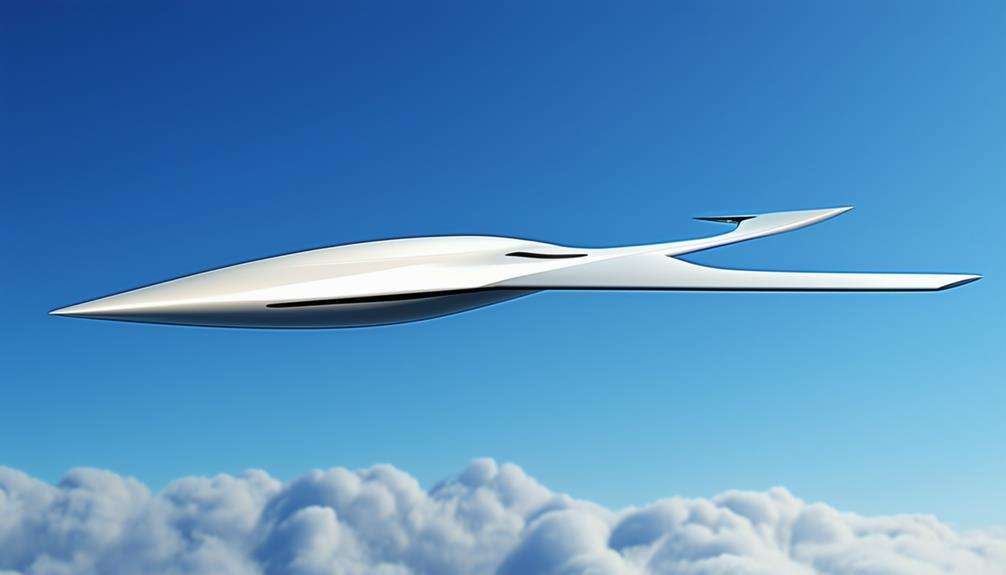
Minimizing drag is crucial for fixed-wing drones to achieve longer flight durations and enhanced efficiency. Effective aerodynamic design is essential for drag reduction. By optimizing the shape of the fuselage, wings, and control surfaces, air resistance can be significantly lowered. Streamlined fuselages and specially shaped wings manage airflow more efficiently, allowing the drone to glide through the air with minimal drag.
Incorporating features such as winglets and vortex generators further enhances drag reduction. Winglets at the wingtips minimize the formation of vortices, which create additional drag. Vortex generators control airflow over the wings, ensuring smoother air passage and reducing turbulence. Additionally, maintaining smooth surface finishes on the drone's exterior reduces skin friction, another contributor to drag.
Extended Missions
Fixed-wing drones excel in extended missions due to their capability to maintain long-endurance flights. These drones are engineered to stay airborne for hours, which is crucial for tasks requiring extensive coverage. Their aerodynamic design and efficient propulsion systems make them ideal for applications where continuous data collection is essential.
Deploying fixed-wing drones for extended missions offers several advantages:
- Efficient Area Coverage: They can cover vast areas quickly and effectively, minimizing the need for multiple flights.
- Continuous Operation: Their ability to stay airborne for long periods eliminates the need for frequent battery changes or refueling.
- Stable Flight: The aerodynamic design ensures stable flight conditions, guaranteeing reliable data collection.
- Versatile Applications: Their extended flight capabilities support diverse missions, from agriculture and mapping to infrastructure inspections.
The lightweight structures and efficient propulsion systems of these drones optimize operational time, making them indispensable for long-endurance flights. Whether monitoring crop health over large fields or conducting detailed mapping surveys, fixed-wing drones provide the reliability and efficiency necessary for successful extended missions. They aren't just tools; they're transformative assets in data collection and operational efficiency.
Conclusion
Fixed-wing drones achieve impressive long-endurance flights through a combination of efficient aerodynamics, advanced propulsion systems, and optimized lift generation. The use of lightweight materials, streamlined designs, and drag reduction techniques further enhances their capabilities. Energy conservation strategies like gliding and thermal soaring minimize energy consumption, allowing for extended missions. Every element works in harmony to ensure these drones remain airborne for as long as possible.

